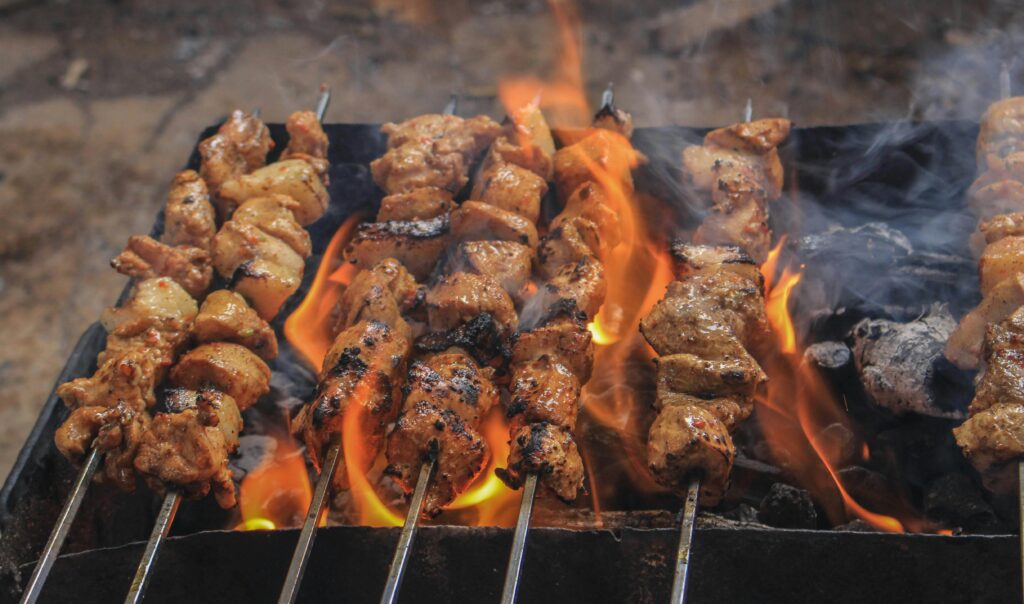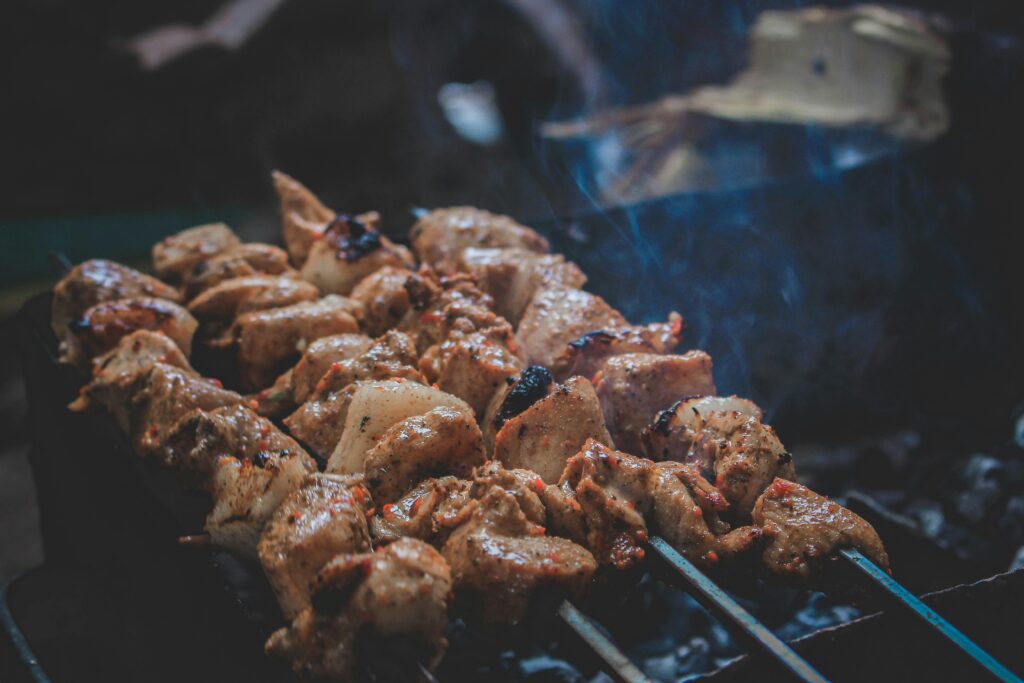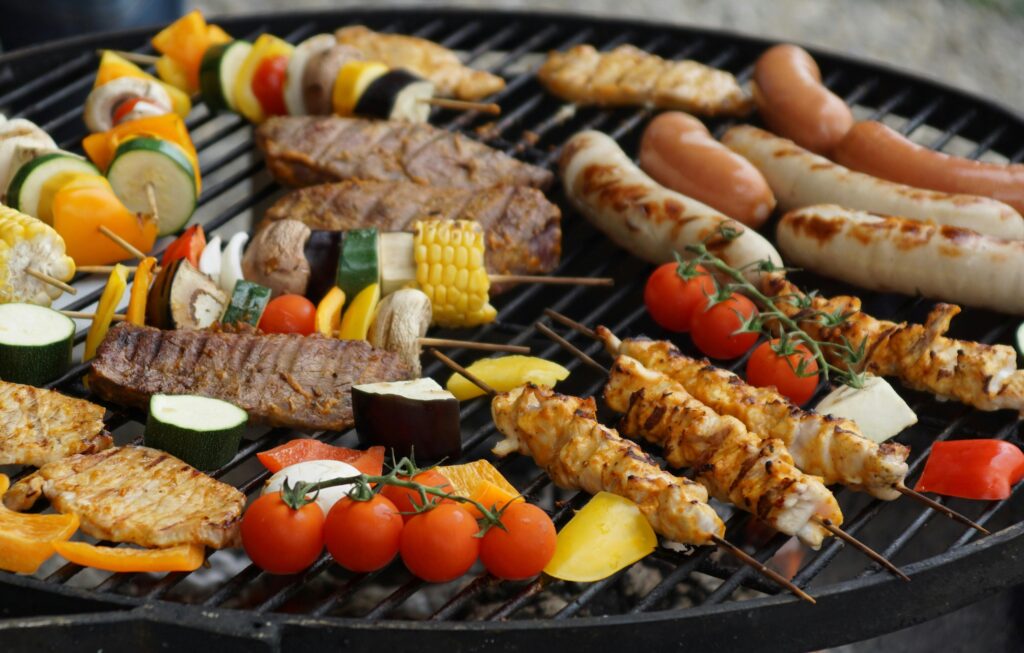The Secrets to Perfecting Slow-Cooked BBQ at Home
Barbecue is not just a cooking method; it’s a culture, a way of life for many, and a beloved tradition that brings people together. Slow-cooked BBQ, in particular, is revered for its tender, flavorful meat that falls off the bone and its smoky aroma that fills the air. While professional pitmasters have honed their skills over years of practice, perfecting slow-cooked BBQ at home is entirely possible with the right techniques, equipment, and a little patience. This guide will walk you through everything you need to know to create mouth-watering slow-cooked BBQ that will impress your family and friends.
Understanding the Basics of BBQ
At its core, BBQ involves cooking meat over low heat for an extended period. The main techniques for BBQ can be categorized into two methods: direct heat grilling and indirect heat smoking. Slow-cooked BBQ typically employs the indirect heat method, where meat is cooked away from the direct flames. This method allows the meat to cook slowly and absorb flavors from the smoke, resulting in a rich, deep taste.

Choosing the Right Meat
Selecting the right cut of meat is crucial for a successful BBQ. Different cuts respond differently to the slow-cooking process. Here are some popular choices:
- Brisket: A classic BBQ choice, brisket is a tough cut that benefits immensely from slow cooking. The long cooking time helps to break down the collagen, resulting in a tender, flavorful dish.
- Pork Shoulder: Also known as pork butt, this cut is well-marbled with fat, making it perfect for slow cooking. It shreds easily after being cooked for several hours.
- Ribs: Both spare ribs and baby back ribs are popular options. They need low and slow cooking to become tender and flavorful.
- Chicken: While not as common for slow cooking, whole chickens or chicken thighs can be delicious when cooked properly.
- Sausages: These can be added to your BBQ for extra flavor and variety.
The Importance of Seasoning
Proper seasoning is vital for achieving the best flavors in your BBQ. There are two main approaches to seasoning meat:
- Dry Rubs: A combination of spices and herbs applied to the meat before cooking. Common ingredients include brown sugar, paprika, salt, pepper, garlic powder, onion powder, and various spices tailored to your taste.
- Marinades: A mixture of acidic ingredients (like vinegar or citrus juice), oil, and seasonings. Marinades help tenderize the meat while infusing flavor. For best results, marinate for at least a few hours, preferably overnight.
Equipment Essentials
While professional BBQ setups can be expensive, there are several options for home cooks to achieve great results:
- Smoker: A dedicated smoker is ideal for slow-cooked BBQ. There are various types, including offset, vertical, and electric smokers. Each has its advantages and can produce excellent results.
- Charcoal Grill: If you have a charcoal grill, you can set it up for indirect heat cooking by placing coals on one side and the meat on the other.
- Gas Grill: While gas grills are typically associated with direct cooking, they can also be used for slow cooking. Set up one side for indirect heat by turning on only some burners.
- Slow Cooker: For smaller cuts of meat or quick meals, a slow cooker can be an excellent option. However, the smoky flavor may be less pronounced than when using a grill or smoker.
- Meat Thermometer: A digital meat thermometer is essential for monitoring internal temperatures. This tool will help ensure that your meat is cooked to perfection and safe to eat.

The Art of Smoke
One of the defining characteristics of BBQ is the smoke flavor. Different types of wood impart different flavors to the meat. Here are some popular wood choices for smoking:
- Hickory: Strong and robust, hickory is a favorite for its ability to impart a rich flavor to meats like pork and beef.
- Mesquite: Known for its strong, earthy flavor, mesquite works well with beef but can be overwhelming if used excessively.
- Applewood: A milder wood, applewood adds a subtle sweetness, making it ideal for pork and chicken.
- Cherry: Similar to applewood but slightly bolder, cherry wood gives a lovely color and flavor to meats.
- Oak: A versatile wood that provides a balanced flavor, oak can be used for various meats and works well as a base for mixing with other woods.
When using wood chips, soak them in water for at least 30 minutes before placing them in your smoker or grill. This helps produce more smoke and keeps the chips from burning too quickly.
The Slow-Cooking Process
Now that you have your meat, seasoning, and equipment ready, it’s time to start the cooking process. Here’s a step-by-step guide:
- Preparation: Trim any excess fat from the meat and apply your dry rub or marinade. Allow the meat to sit for at least an hour, or ideally overnight in the refrigerator.
- Preheat the Smoker/Grill: Get your smoker or grill to the desired temperature, typically between 225°F and 250°F (107°C – 121°C). Use a reliable thermometer to monitor the temperature throughout the cooking process.
- Add Wood Chips: If using a smoker or charcoal grill, add the soaked wood chips to create smoke. For gas grills, place the wood chips in a smoker box or wrap them in foil, poking holes in the foil to allow smoke to escape.
- Place the Meat: Once your smoker or grill is at the right temperature, place the meat on the grate, away from the direct heat source. Close the lid and let it cook low and slow.
- Monitor the Temperature: Use a meat thermometer to monitor the internal temperature of the meat. Different meats have different target temperatures:
- Pork shoulder: 195°F – 205°F (90°C – 96°C) for shredding
- Brisket: 195°F – 205°F (90°C – 96°C) for tenderness
- Ribs: 190°F (88°C) for maximum tenderness
- Chicken: 165°F (74°C) for safety
- Wrap (Optional): Some BBQ enthusiasts swear by the “Texas Crutch,” where you wrap the meat in foil once it reaches a certain temperature (around 160°F / 71°C) to speed up cooking and retain moisture.
- Resting: Once your meat reaches the desired internal temperature, remove it from the grill or smoker and let it rest for at least 30 minutes. This step allows the juices to redistribute, resulting in a more flavorful and moist final product.
Serving Your BBQ
Once your BBQ has rested, it’s time to slice, shred, or serve it whole, depending on the type of meat. Here are some tips for serving:
- Sauces: Offer a variety of BBQ sauces, from sweet and tangy to spicy and smoky, to complement the meat.
- Sides: Classic BBQ sides include coleslaw, baked beans, cornbread, and potato salad. These dishes enhance the overall BBQ experience and can be made ahead of time.
- Presentation: Serve the meat on a large platter, garnished with fresh herbs or pickles for a pop of color.

Troubleshooting Common BBQ Issues
Even the most experienced BBQ cooks encounter challenges. Here are some common issues and how to resolve them:
- Dry Meat: If your meat turns out dry, consider the following:
- Use a meat with more fat for moisture.
- Don’t overcook; monitor temperatures closely.
- Use a marinade or brine to add moisture.
- Lack of Smoke Flavor: If your meat lacks that desired smoky taste, ensure you’re using enough wood chips and that they’re adequately soaked. Additionally, allow the meat to cook longer to absorb more smoke.
- Burnt Outside, Raw Inside: This issue often arises from too high of a cooking temperature. Always maintain low temperatures and use the indirect cooking method to prevent burning.
Final Thoughts
Perfecting slow-cooked BBQ at home is a rewarding endeavor that requires patience, practice, and a little bit of knowledge. By selecting the right meat, mastering the seasoning, using the appropriate equipment, and understanding the smoking process, you can create BBQ that rivals that of any professional pitmaster. Whether you’re hosting a backyard party or enjoying a quiet meal with family, your delicious slow-cooked BBQ will surely impress and satisfy. So fire up your grill or smoker, embrace the process, and enjoy the fruits of your labor!
